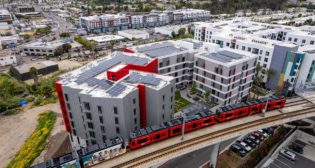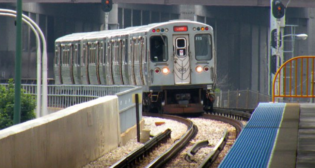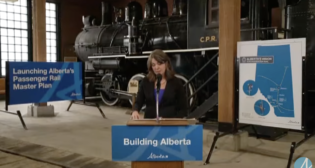
Transit Briefs: NYMTA, Tri-Rail, RTD
Written by Carolina Worrell, Senior Editor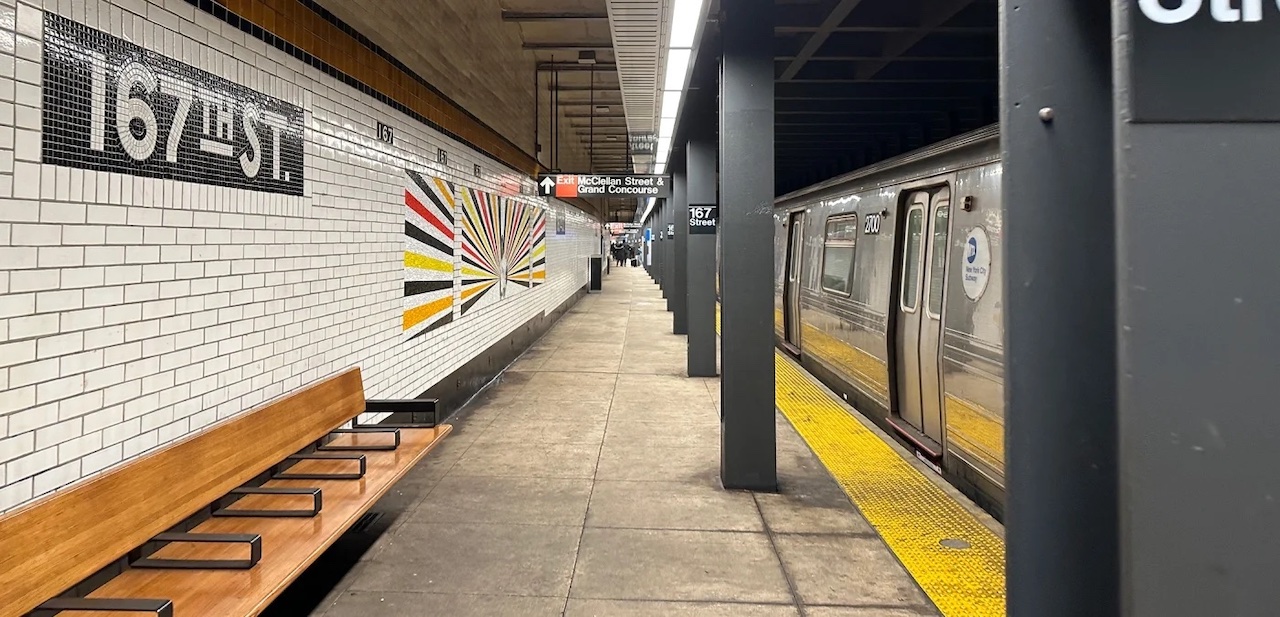
HDR photo
The New York Metropolitan Transportation Authority (MTA) selects an HDR-led team to provide program management to its Station Capital Program. Also, final federal approval could bring Tri-Rail to downtown Miami in December; and the Denver Regional Transportation District (RTD) installs new light rail seat covers.
NYMTA
The New York MTA has selected an HDR-led team to support the procurement of a six-package program to make 24 subway stations accessible per the Americans with Disabilities Act (ADA).
According to HDR, the team will conduct site and technical investigations, finalize selection of optimal design alternatives for each station, and prepare preliminary plans and bridging documents for release to design-build teams. It will also provide program management services up until the award of the six packages to design-build teams. Key features of the program include direct-access elevators that take passengers directly from street level to the platform.
“This project will be transformative for New Yorkers who need accessible platforms,” said Elena Barnett, the program’s Principal-in-Charge and HDR’s New York/New Jersey Transportation Manager. “We are thrilled to assist MTA achieve its vision of a more equitable transportation system.”
HDR, along with partners WSP, di Domenico + Partners and several disadvantaged business enterprises (DBEs), will create “easily identifiable ADA paths of travel at these stations to deliver a superior experience for users.” The improvements developed, HDR says, “will be seamless and unified with existing stations for the purpose of streamlining operations and fostering a sense of presence and pride for all who use the elevators and navigate the stations.”
“I’m pleased with the team we’ve assembled to contribute to this key project for New York,” said HDR Program Director Jeffrey Han. “We’re ready to create the foundation for a successful program.”
The selection of this team, HDR says, continues the company’s track record with the MTA, which includes major projects, such as the Subway Enhanced Station Initiative, LIRR Enhanced Station Initiative and Penn Station Reconstruction.
“Between HDR’s deep experience with program management and our commitment to creating more equitable communities, our team will be enthusiastic partners to MTA,” said HDR Global Transit Director Matthew Tucker. “We are ready to deliver and to assist this important program in improving the station experience for NYC Transit users.”
Tri-Rail
Tri-Rail service into Downtown Miami is still expected to arrive this year as a proposed operating schedule is being reviewed and federal funding approval is pending, according to a Miami Today report.
According to the report, blockages from exposed rebar to delicate negotiations with Brightline and the Florida East Coast Railway (FEC) stalled the $70 million project, which was originally on the schedule for a 2017 arrival, South Florida Regional Transportation Authority (SFRTA) Executive Director David Dech told Miami Today earlier this year.
“We are still preparing for service to start at the end of 2023, barring obstacles outside of our control,” Dech said in that interview.
This week, Miami Today reports, SFRTA Information Officer Victor Garcia confirmed a 2023 launch, “barring any unforeseen obstacles.”
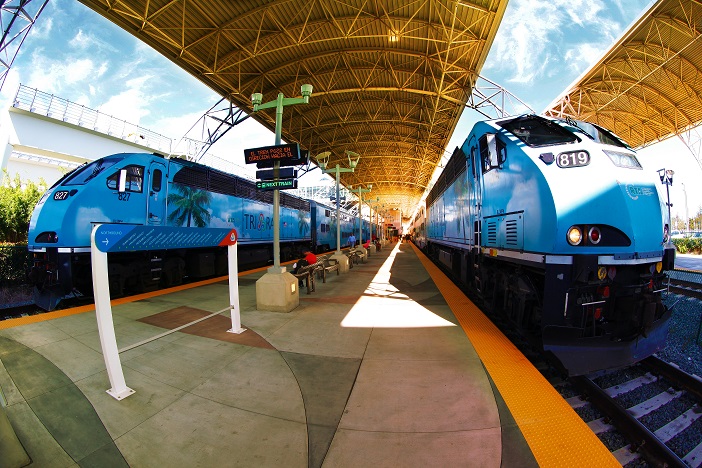
“We are still preparing for service to start at the end of 2023,” Garcia said on Monday. “A proposed schedule has been drafted and submitted to our partners. We have [also] submitted operating and safety plans to the Federal Railroad Administration (FRA) for its approval, which we expect mid-December,” he added.
According to the Miami Today report, Dech had his “wheels already rolling when he took the SFRTA throttle in August 2022. Even with unforeseen obstacles, it’s likely he will finish the project in less than a year on the job. He’s fully staffed with enough conductors, controllers and engineers to handle the 26 additional trains rolling into the Miami station daily.”
Not all SFRTA locomotives, Miami Today reports, met federal guidelines when the Dech started in August, but the Executive Director, who started his career as a switchman, said “they do now.” “Our locomotives are 100% compliant,” he added.
“We’ve made a lot of improvements on the trains [and tracks]”, Dech told Miami Today. “We’ve changed over 1,000 windows and removed more than 500 tons of debris and garbage from the right of way.”
“We are continuing the process of qualifying our crews and installing the final safety certified … software,” Garcia said.
According to the report, as the public rail service heads downtown, riders are “embracing Tri-Rail’s new first mile/last mile coupon program for transit to and from trains.”
“Tri-Rail’s Ride Partner service continues to be a popular option for passengers to connect to and from Tri-Rail stations,” Garcia said. Tri-Rail ridership “continues to grow and is nearly at 90% of pre-pandemic figures. “The system is averaging 13,500 weekday passengers.”
More than 450 rides a day are being logged by users taking advantage of the $5 discount coupon, according to Garcia and as reported by Miami Today. Uber and taxi services accepting the coupons, Garcia said, are at all Tri-Rail stations in Palm Beach and Broward counties.
RTD
RTD recently announced that the multicolor-striped wool blend fabric that has covered the seats of its light rail cars will be replaced by a blue pattern that represents the agency’s stops and connectivity across the system. The design, chosen earlier this year by employees, also emphasizes RTD’s brand colors.
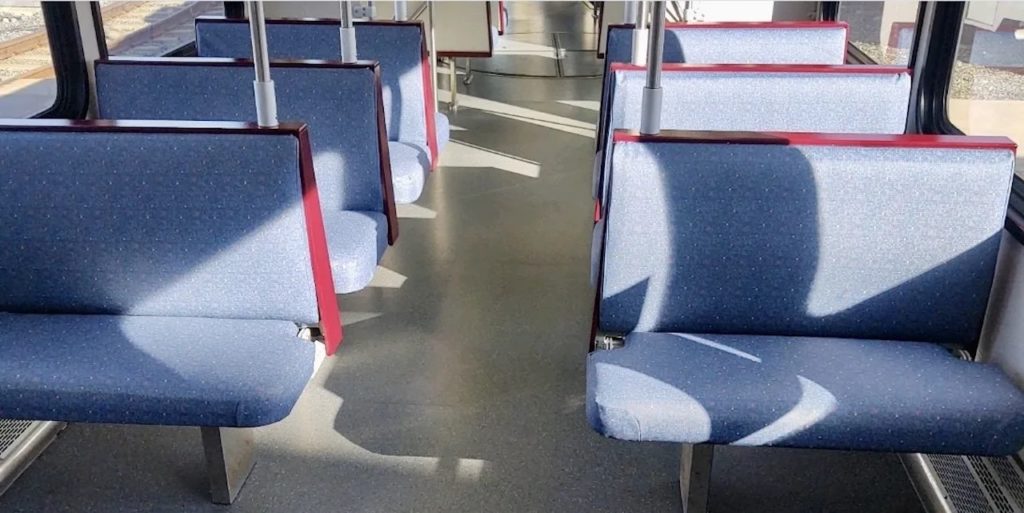
“Vinyl seats are easier to clean than wool, more resistant to stains and better able to withstand high volumes of people sitting on them over time,” noted Phil Eberl, General Superintendent of Light Rail Vehicle Maintenance. Cleaning the backs and bottoms of wool seats on one rail car took one employee’s entire shift every day, he said. Vinyl can be wiped down by comparison—and in far less time.
“Shampooing and cleaning the old seats is seriously labor-intensive and time-consuming,” Eberl said. “There’s a reduced maintenance cost and effort with vinyl.”
RTD staff worked with a vendor last week to install the new vinyl seats in the first train car. The plan moving forward, RTD says, is to complete one car per week until the entire fleet of approximately 200 light rail vehicles has been converted. The new seats RTD says, “support agency efforts to create a welcoming transit environment and will enhance the overall customer experience.” In the 2023 RTD customer satisfaction survey, train cleanliness ranked ninth in importance.

“When rail debuted in the Denver metro region 30 years ago, seats covered in wool were seen as plush and welcoming to customers, initially lasting five or more years,” Eberl said. Since then, he noted, wool fabric is wearing more quickly, and the colors are fading faster. Vinyl holds its appearance for many more years.
Further, Eberl said, as the world moved through the COVID-19 pandemic, cleanliness began to be equated with safety. These seats, he said, “are going to look and feel brighter and cleaner.” Even with the best effort, he said, wool seats hold odors where vinyl does not.
